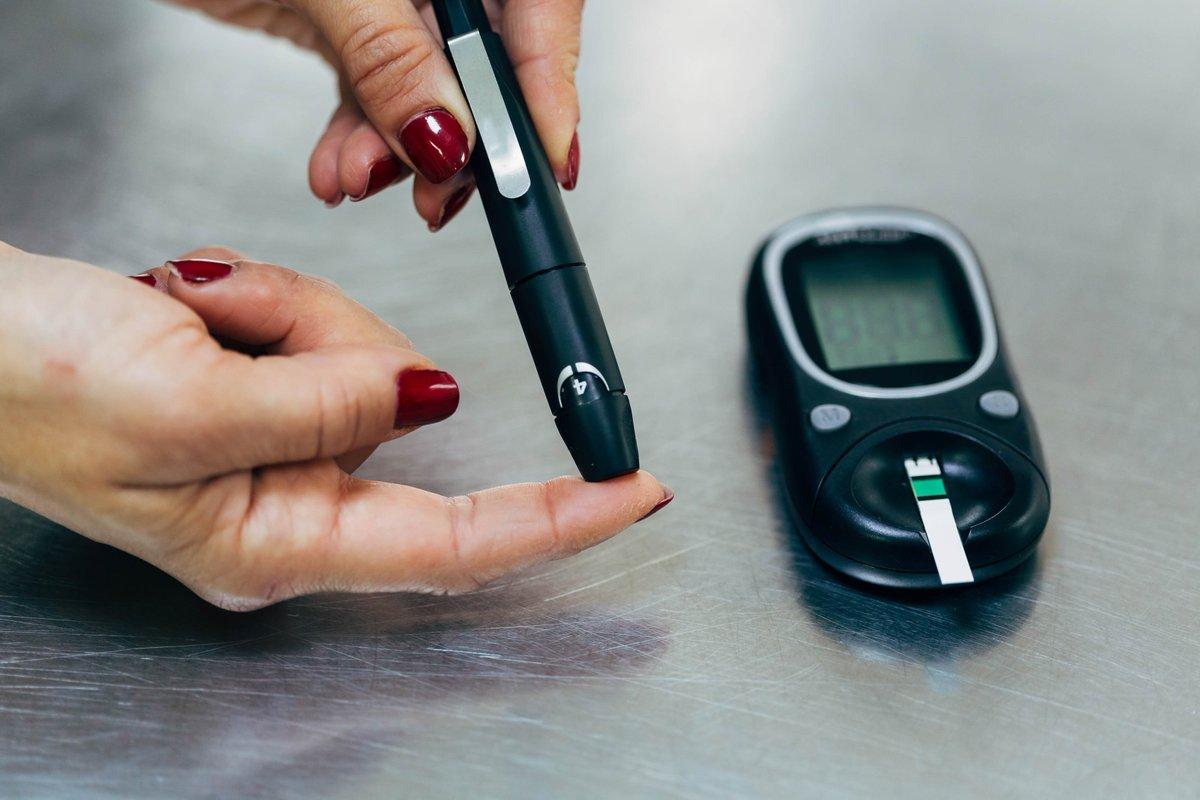Blood Glucose Monitoring: An Essential Tool for Diabetes Management

Monitoring blood glucose levels is one of the most important aspects of managing diabetes. For people with diabetes, keeping track of blood sugar helps them understand how foods, medications, exercise and stress affect blood glucose levels. It also alerts them when levels are too high or too low so they can take corrective actions. With regular monitoring, diabetes patients can work with their healthcare provider to fine-tune their treatment plan.
Why is Blood Glucose Monitoring Important?
For both type 1 and type 2 diabetes, maintaining optimal blood glucose levels is vital for preventing long-term health complications. High blood sugar over long periods of time can damage tissues and organs throughout the body, especially the eyes, kidneys, nerves and heart. Low blood glucose levels can also be life-threatening in the short-term if not treated promptly. Through home blood glucose monitoring, diabetes patients gain valuable insights into how their body processes glucose at different times of the day and in various situations. This empowers them to take preventive actions and make lifestyle adjustments that keep blood sugar in a healthy target range. Frequent monitoring also provides a clear picture of treatment effectiveness to healthcare providers so they can adjust medications, if needed.
Common Monitoring Techniques
Several options exist for monitoring blood glucose levels at home:
- Blood glucose meters: The most widely used method involves pricking the finger with a lancet to draw a small drop of blood which is placed on a test strip that is inserted into a glucose meter. The meter reads the blood glucose level in minutes. Most meters transfer test results to laptop or mobile apps for easy tracking over time.
- Continuous Glucose Monitoring (CGM) Systems: These advanced systems eliminate the need for finger pricks. A small flexible sensor inserted under the skin continuously measures glucose levels in interstitial fluid. The sensor transmits glucose readings in real-time to a receiver or smartphone for viewing trends and receiving alerts. CGMs provide the most comprehensive view of glucose patterns.
- Urine test strips: Although less accurate than blood tests, urine test strips can detect if urine glucose levels are within or outside the target range. They are convenient when finger pricks are not possible but do not provide current blood glucose readings.
Frequency of Testing
The American Diabetes Association recommends a minimum schedule for those on insulin or oral medications:
- Type 1 diabetes - minimum of 3 times per day: before meals and at bedtime. More frequent testing may be required depending on activities and insulin regimen.
- Type 2 diabetes taking insulin - minimum of 3 times per day: before meals, at bedtime, before exercise or whenever symptoms like shakiness occur.
- Type 2 diabetes on oral medications - minimum of 2-4 times per day depending on treatment.
People not on medications may test less frequently but should still monitor at least once a day especially after meals. Testing is essential anytime hypoglycemia is suspected. Healthcare providers may advise alternate schedules based on individual needs.
Logs and Trends for Effective Management
Keeping a log of Blood Glucose Monitoring readings, food intake, activity levels and medication dosages helps diabetes patients and clinicians see patterns that could be impacting blood sugars. Paper logs, mobile apps, online platforms and bolus calculators help organize this data for easy reference. Noticing trends of highs and lows in relation to meals, stress, sleep patterns etc. provides clues on lifestyle tweaks and dose adjustments needed. Sharing logs regularly during clinic visits aids providers in customizing therapies. Over time, as treatment progresses, logs demonstrate improvements and give confidence to patients on gaining better control.
Emerging Technologies to Simplify Monitoring
Research is ongoing on painless, non-invasive methods for continuous glucose monitoring that don't require finger pricks or sensor insertions. Technology that can accurately measure glucose levels in tears, saliva or through the skin holds promise of making monitoring even more convenient. Efforts are also being made to integrate CGMs with automated insulin delivery systems for truly closed loop control of glucose levels. Advances in remote patient monitoring allow for telehealth consultations and data review between visits. Undoubtedly, innovations in diabetes technology aim to simplify monitoring tasks and minimize control challenges faced in management of this complex condition.
Keeping close track of blood glucose levels through home monitoring forms the cornerstone of effective diabetes treatment. It provides crucial insights that guide lifestyle and therapeutic adjustments vital to prevent complications. While testing requires commitment, emerging technologies now make it easier and less intrusive than ever before. With regular monitoring, diabetes patients gain control over their condition and optimize health outcomes in the long run. Blood glucose logs and trends over time empower both individuals and providers to make data-driven management decisions.
Get more insights on- Blood Glucose Monitoring
Check more trending articles related to this topic: Compressor
- Art
- Causes
- Crafts
- Dance
- Drinks
- Film
- Fitness
- Food
- Jogos
- Gardening
- Health
- Início
- Literature
- Music
- Networking
- Outro
- Party
- Religion
- Shopping
- Sports
- Theater
- Wellness
- IT, Cloud, Software and Technology


